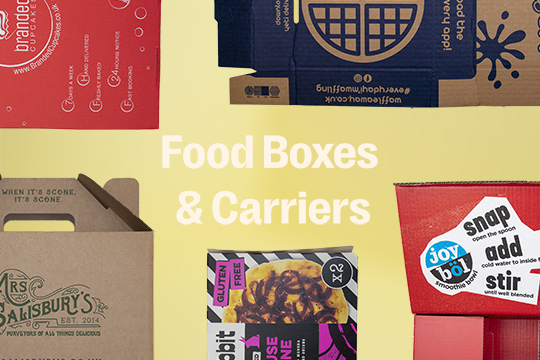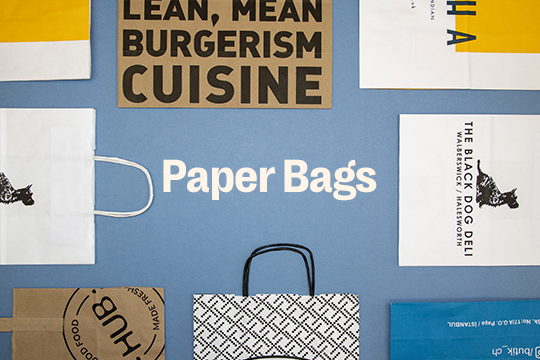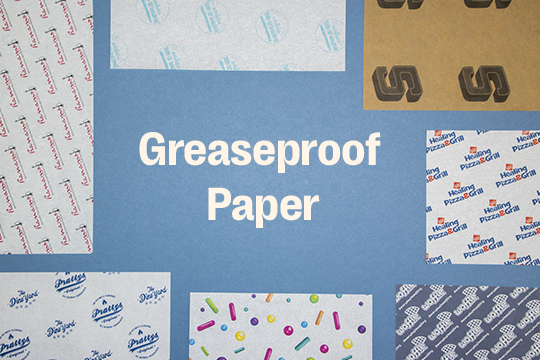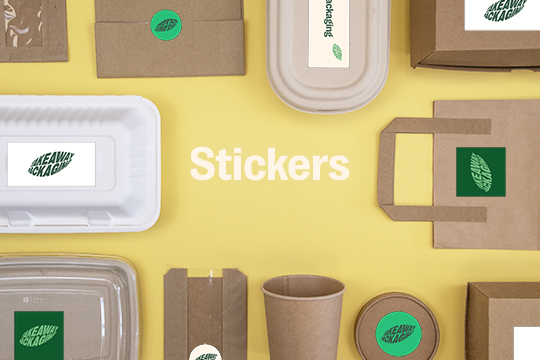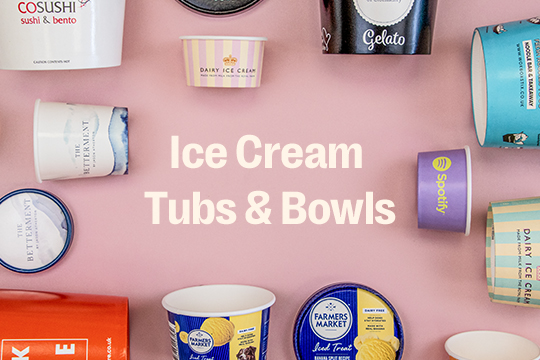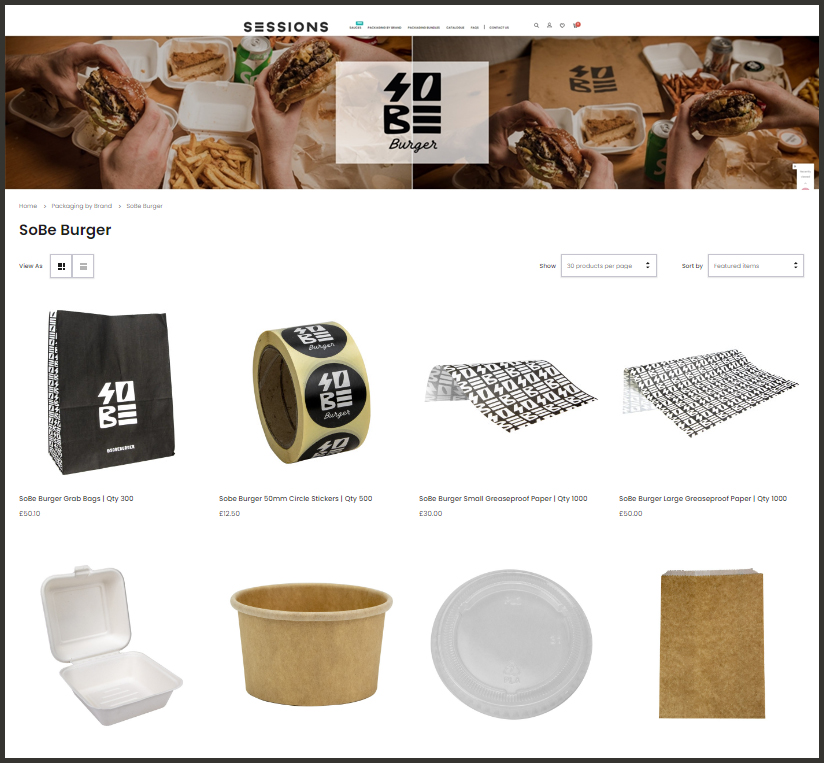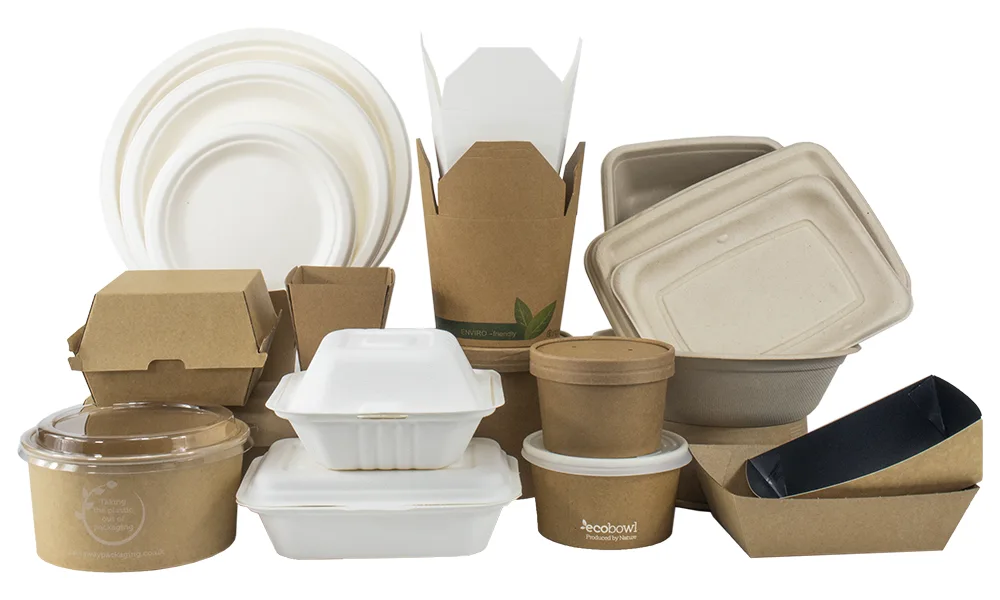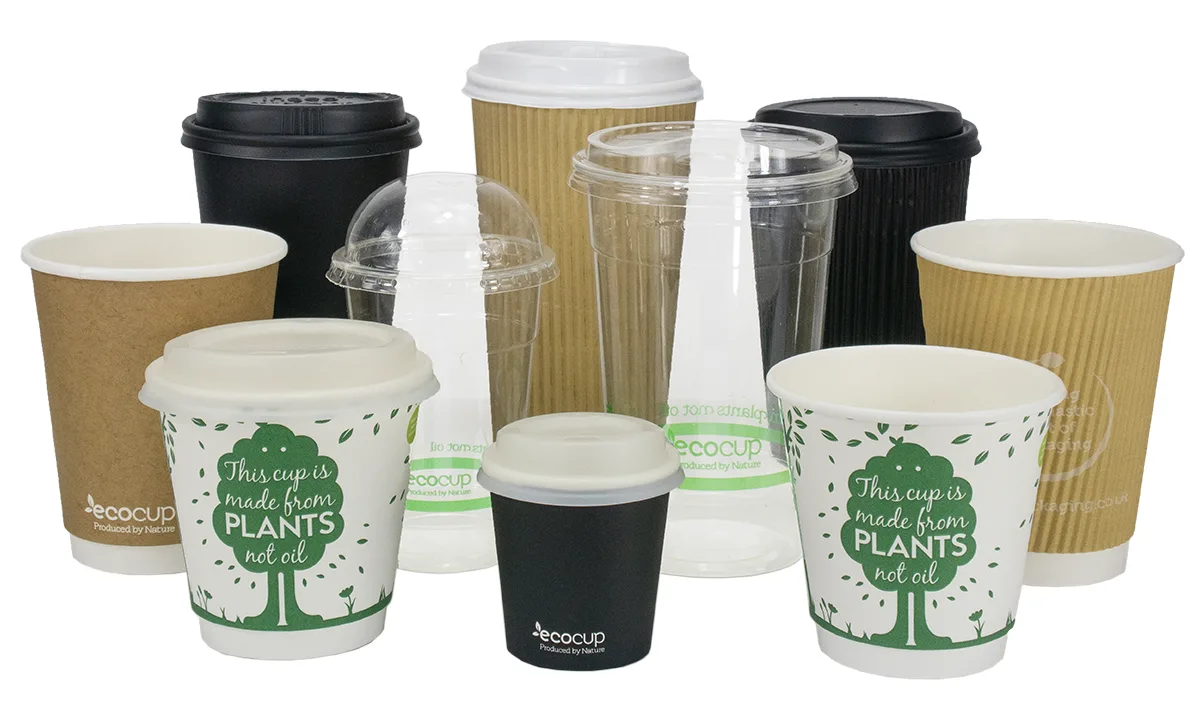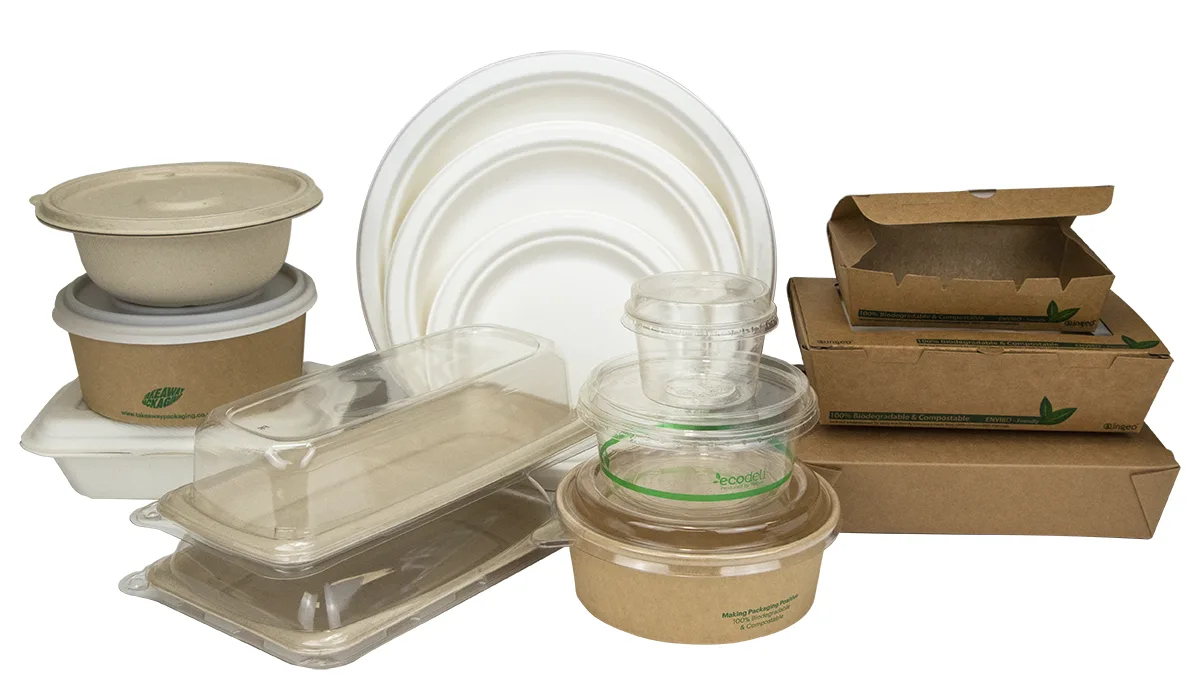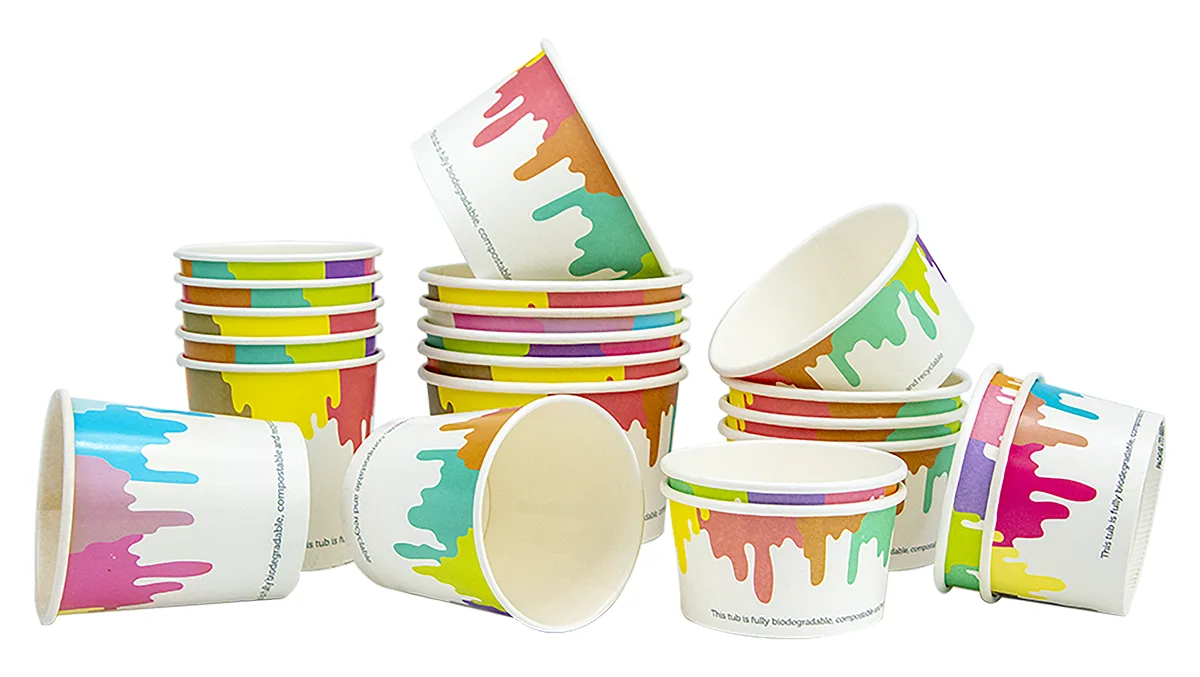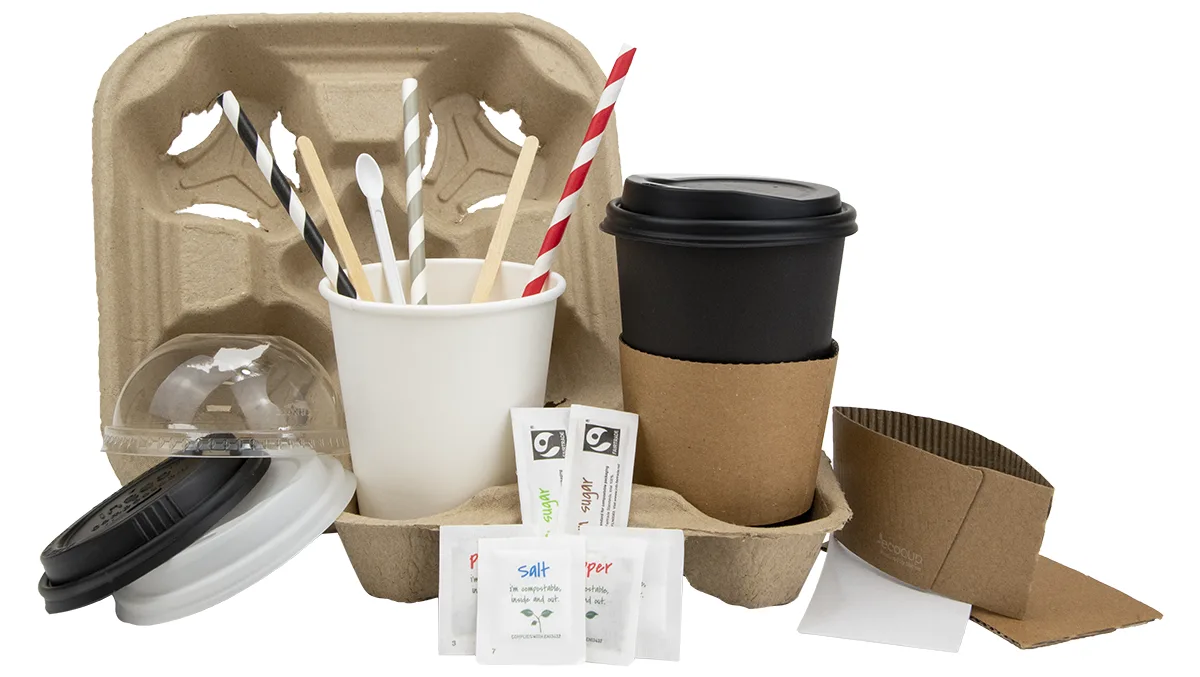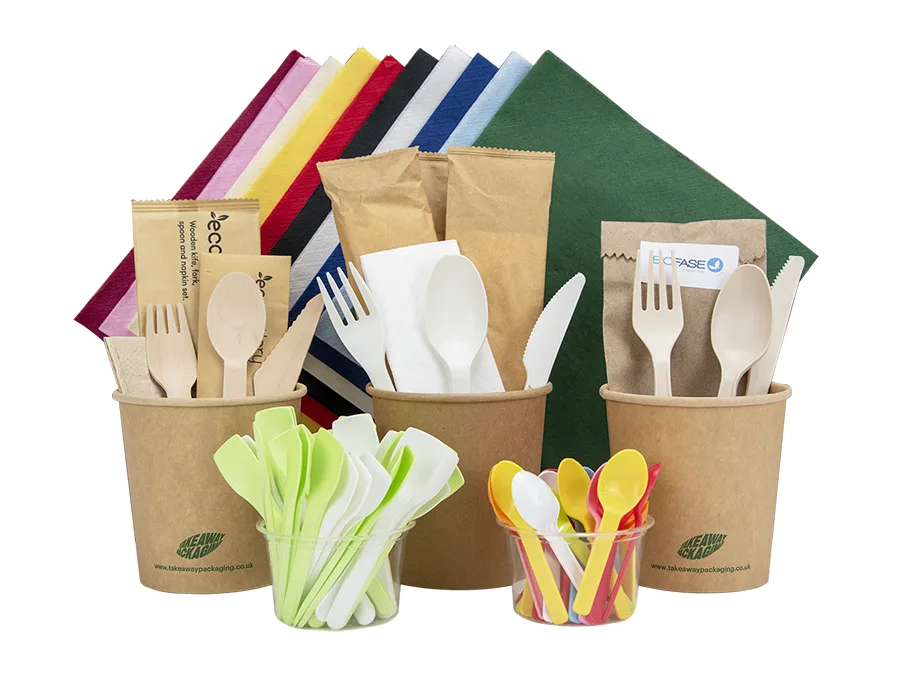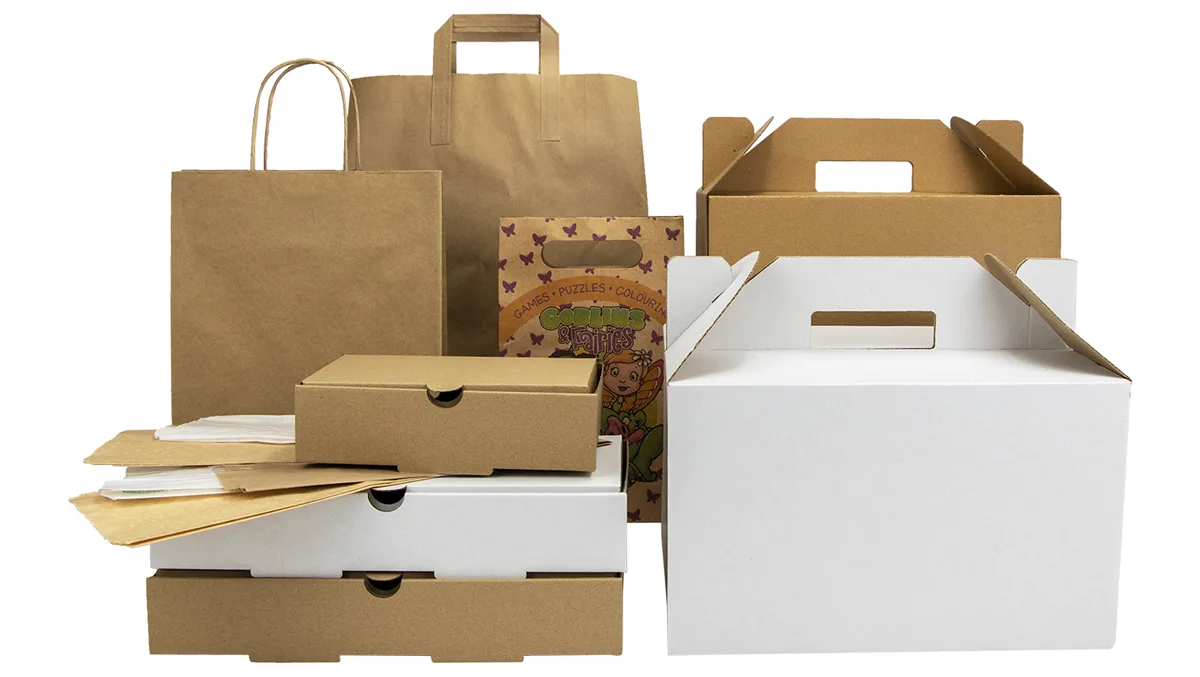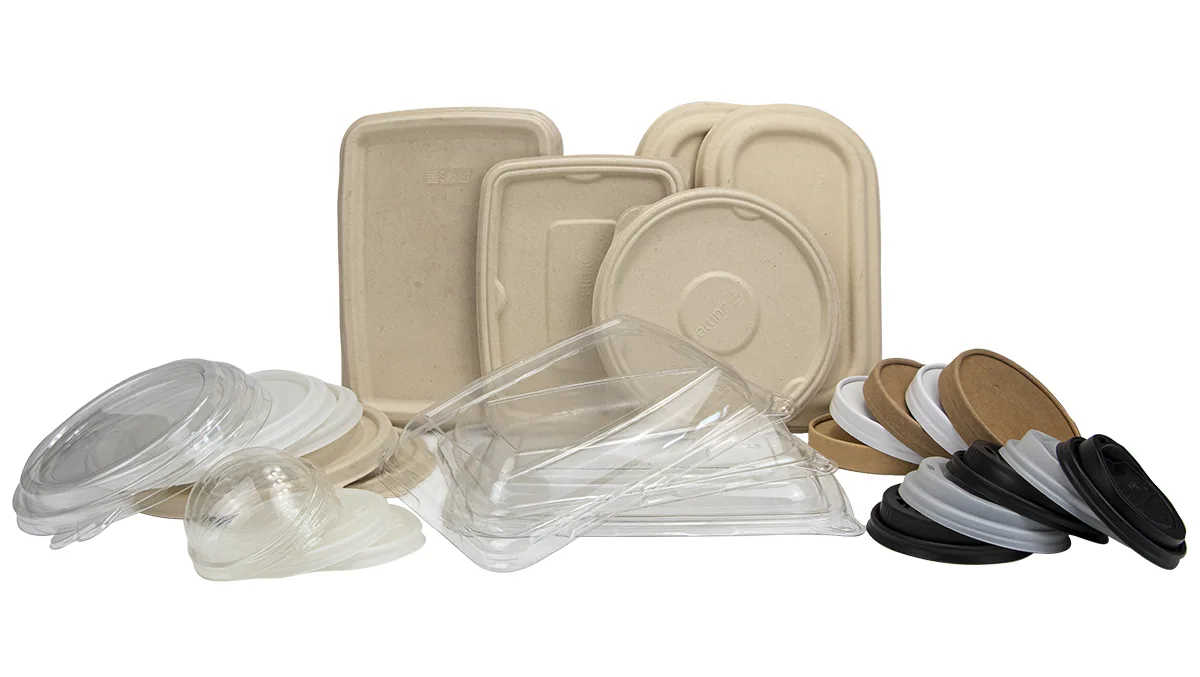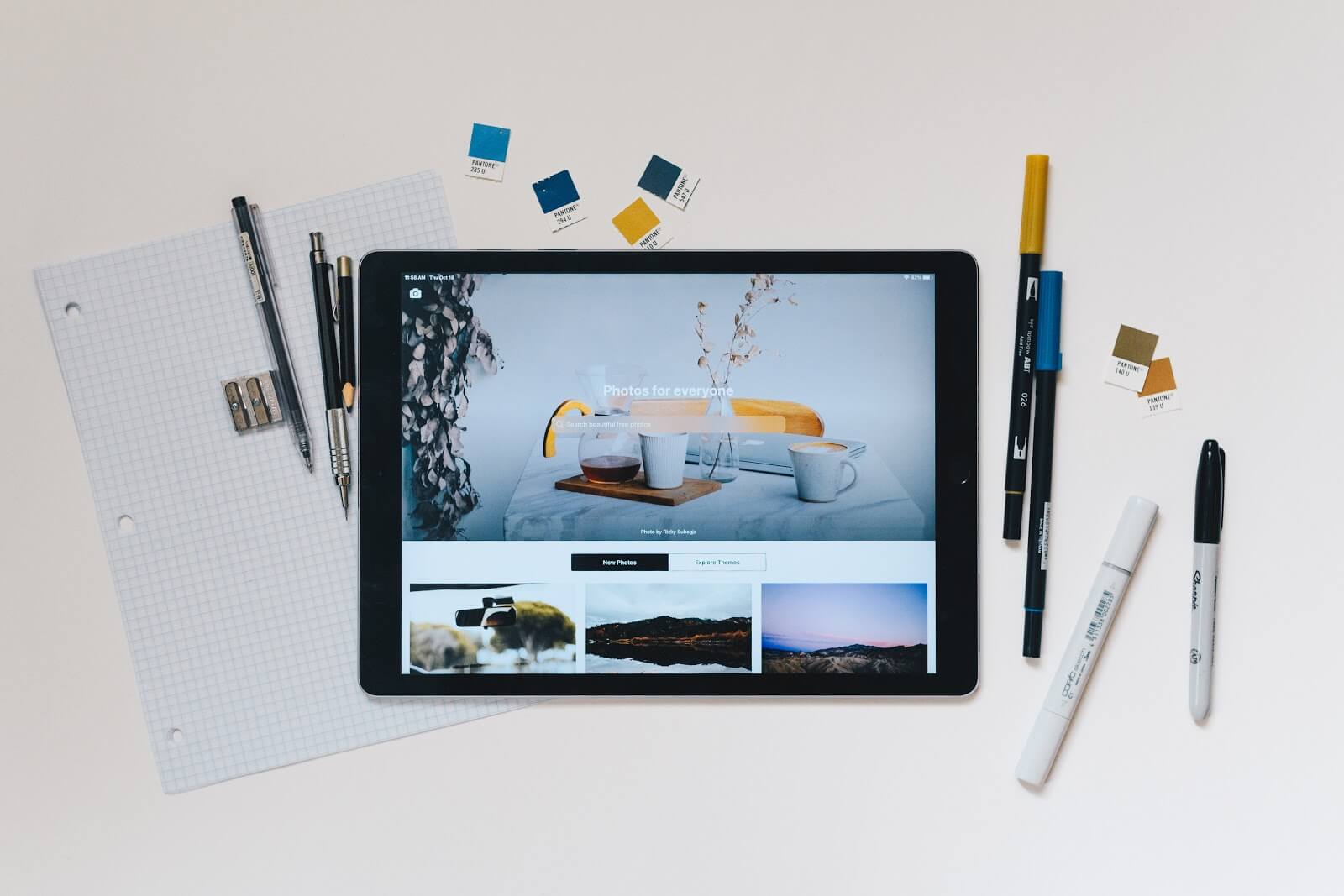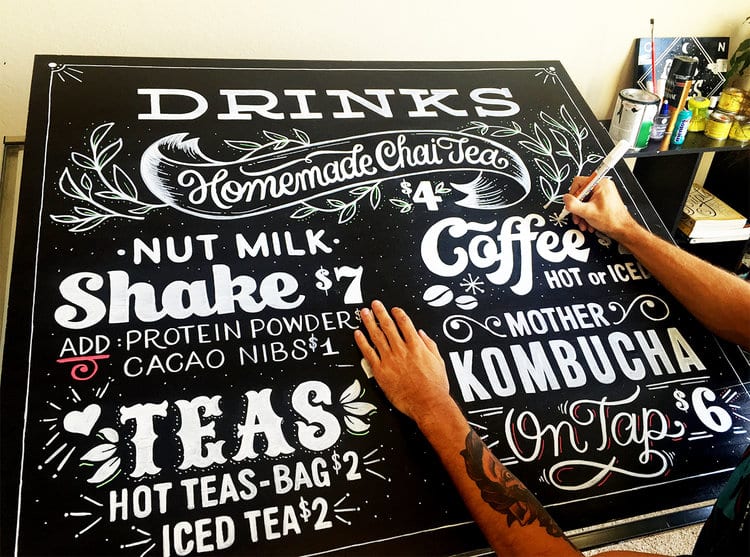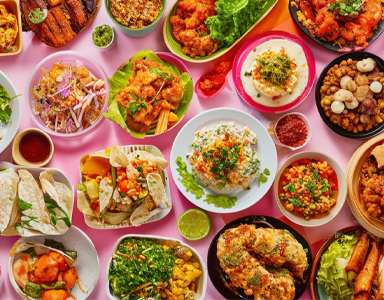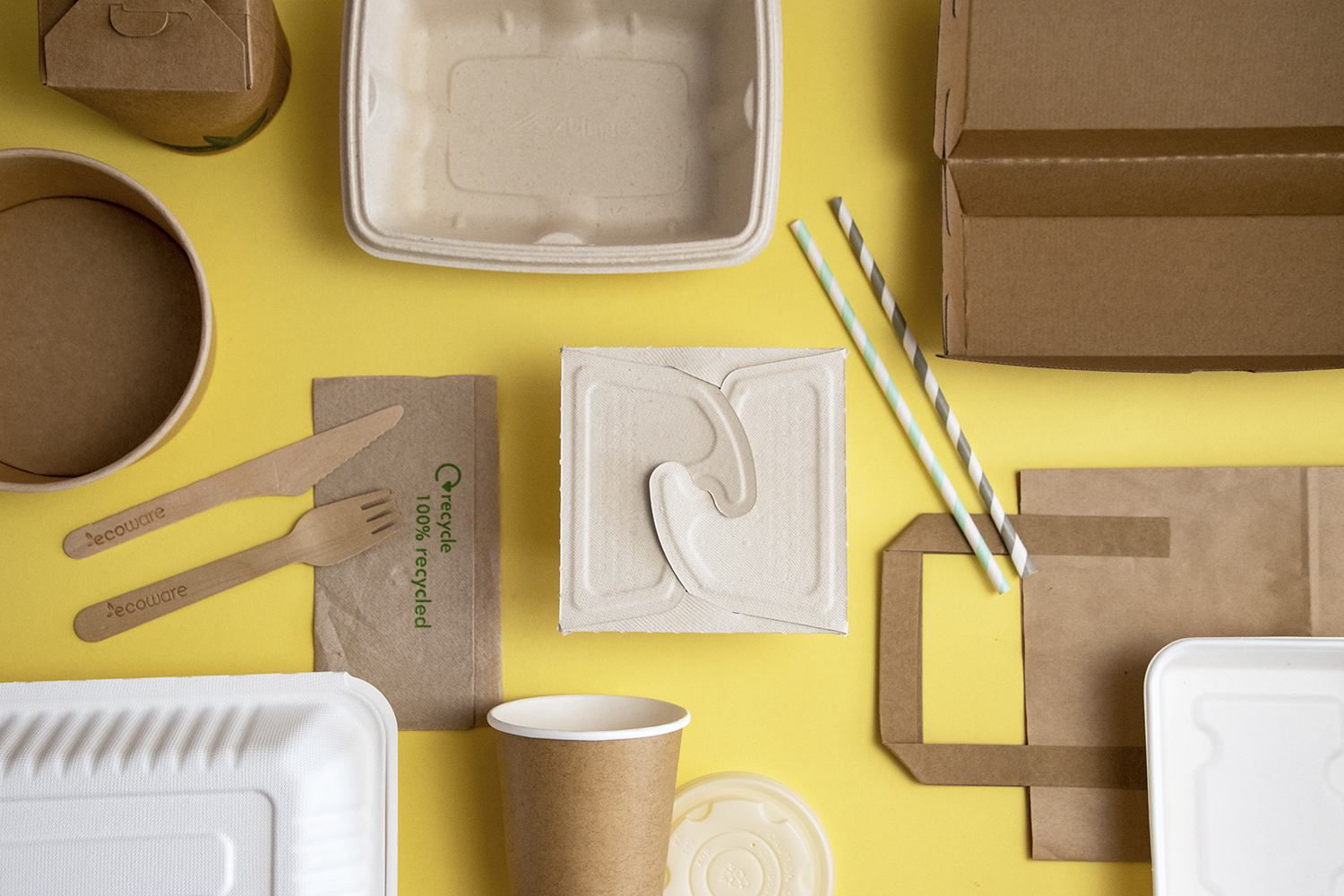If something is a designer item, it has to be overboard and all about the image — and it absolutely cannot be considerate towards the environment, right? Wrong. Despite some high-end brands giving the luxury market a bad ethical reputation, designer packaging can cater to the conscious consumer in any sector — including food packaging.
If something is designed, it simply means is that it has been developed with great care and a clear target customer in mind. This is the case for our bespoke packaging, which is developed by our in-house teams of designers to create environmental food packaging that stands out for the customers of quirky brands. In this blog post, we will discuss how a careful design process can tackle our food packaging problems by offering sustainable yet stylish alternatives.
How Does Food Packaging Affect the Environment?
There is plenty of evidence to show that food packaging and the environment have a strained relationship, to say the least. As a result of our throwaway culture and reliance on convenience comforts, we have created some shocking food packaging waste statistics. Most notably, there is predicted to be 12 billion tonnes of plastic waste in landfill by 2050. The most severe food packaging problems affect the earth’s natural environment, polluting our oceans and negatively impacting sea life.
In short, something needs to change in food packaging to protect the environment for future generations. Crucially, we need to eliminate the use of harmful plastic in food containers and other packaging products so that Brits can feel less guilty about their takeaways. But on top of this, brands still want to use their packaged products to inject some personality into their offering. Environmental packaging needs to be designed with care so that it both protects the environment and promotes the supplier.
Can Designer Food Packaging Still Be Recycled?
Yes, designer food packaging can still be recycled. In fact, basic packaging from your average takeaway is most likely made from harmful plastic.
A tip for consumers deciding to buy: a brand is less likely to put its name on something if it would be ashamed of its impact on the environment. In this sense, branded food packaging is more likely to be 100% recyclable, biodegradable and compostable (but always check for certified UK recycling symbols to make sure).
By using different packaging materials for food, such as the Ingeo™ PLA Bioplastic used in our biodegradable coffee cups, we can create food packaging that is 100% recyclable. We use vegetable-based inks to print bespoke designs on these cups (and various other products in our range) so that designer food packaging can blend seamlessly with caring for the environment.
How Can We Reduce Plastic in Food Packaging and Make Sure It’s on Brand?
Others are now understanding the importance of packaging to the environment and rephrasing what luxury means by prioritising sustainable strategies. The purpose of food packaging is shifting from simply being a container for food to being a driver for change and an effective tool for promotion.
Some of our most successful clients have embraced the traditional eco look by sticking with brown paper cups and a simple logo, like Cobbs Farm. Others have stayed true to their roots, embodying their iconic designs while using sustainable packaging, although you wouldn’t know it unless you were told (much like Ferrari’s 70th birthday burger boxes). This proves that sustainability never has to get in the way of style and that opting for environmental food packaging is a choice that won’t tarnish your brand image — in fact, it might even enhance it.
Create your own stylish and sustainable food packaging that doesn’t harm the environment by booking your free design consultation. Our expert team of in-house designers will help you to develop a creative brief for food packaging that pops.


